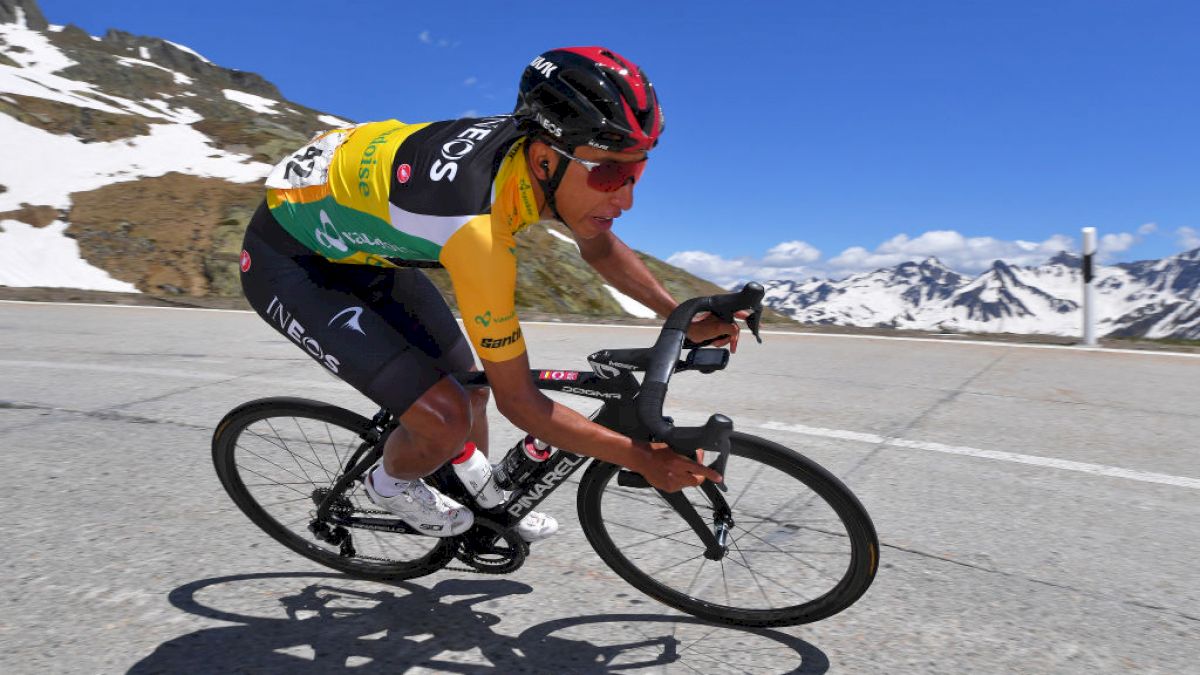Cycling's Leaders' Jerseys: General Classifications Explained
Cycling's Leaders' Jerseys: General Classifications Explained
Cycling's coveted jerseys, explaining general classifications, the Tour de France's yellow jersey, and the sprint for points.

At the Tour de France or any other bike race, beyond their intense rivalries and scenic routes, there's a fascinating competition within the competition—the battle for distinctive jerseys that symbolize excellence in various facets of the sport. Let's explore these coveted jerseys, focusing on cycling's general classifications and the strategies that lead to victory.
Jerseys: The Symbols of Supremacy
Race leaders are rewarded with distinctive jerseys. For instance, the Tour de France showcases the iconic yellow jersey, while the Giro d'Italia features the pink jersey, and the Vuelta a España presents a red leader's jersey. These jerseys are more than just attire; they signify leadership and dominance.
The General Classification Explained
In the realm of multi-stage road races, the General Classification (GC) reigns supreme. It tallies the cumulative times of riders throughout the event, determining the rider with the shortest overall time as the GC leader. While individual stages recognize daily winners, the yellow jersey—worn by the GC leader—represents the race's overall front runner. Think Jonas Vingegaard and his fight over Tadej Pogacar in the Tour de France.
Interestingly, a rider can clinch the GC title without winning any stages, emphasizing the significance of consistent performance. Mountain stages and individual time trials serve as pivotal battlegrounds for GC contenders.

What Is Cycling's Points Classification?
The Points Classification, often known as the sprint classification, rewards riders for high finishes and sprint victories at specific points along the route. Cyclists with sprinting prowess vie for this title, considering it the second most prestigious after the GC. In some races, alternative criteria determine these classifications.
How Does The King of the Mountains Work?
The King of the Mountains honors the best climber in a race, typically awarded for conquering challenging ascents. In races like the Tour de France, points are granted to riders who crest significant climbs. These climbs are classified from 1 (most demanding) to 4 (least challenging), with a special "Hors catégorie" category for especially severe ascents.

The Young Rider Classification
The Young Rider Classification highlights up-and-coming talents in multi-day stage races. Riders below a specific age threshold, often 26 or 23 depending on race rules, compete for this coveted title. The fastest young rider by overall time claims the jersey, typically white. This classification runs parallel to the overall GC but exclusively honors young talents.